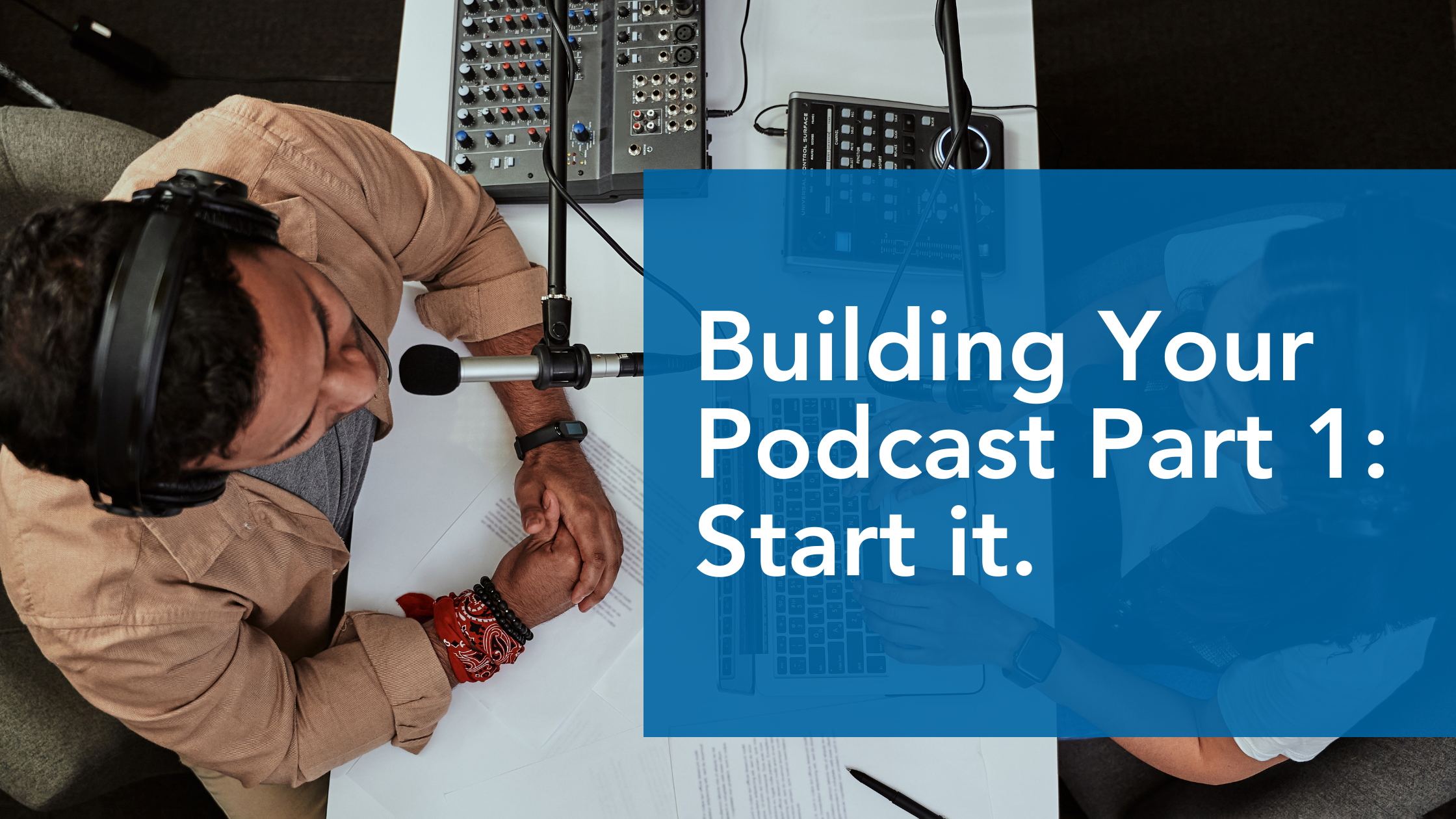If you think you’ve got a good idea for a podcast, you should do it. You’ll join the 5 million podcasts in the world vying for the 505 million listeners … but remember, our metric for this isn’t all about listeners or downloads.
Creating a podcast can feel like a lot. But the hardest step is often the first one. Let’s get started.
Write it
You need to lay out a rough outline for your show. This doesn’t need to be set in stone, but you should have some guidelines as you go in. If you go in to your first episode unprepared, everyone is going to hear it, and that first impression won’t go well.
As you go through your process, keep in mind ways that you may be able to operationalize your efforts. Because if you want to be successful, you’ll need to be able to consistently produce episodes for your audience.
Name it
What’s the show going to be called? Don’t overthink it but do take the time to look and see if something already exists with your same name.
AI is a great tool to help you come up with some names. Just use the ideas you wrote down to help formulate the prompt and you’ll have more than enough to go on.
Host it
You’re not ready to record yet. We’re talking about a different kind of hosting. You need to have a place for your podcast to live.
There are a ton of options out there, depending on your end goals. Most of the platforms are good about simple distribution to multiple podcast platforms, but it will take a little time to get it all set up.
I typically recommend people look at either Spotify for Podcasters or Apple’s Podcasts Connect. I like the Spotify for Podcasters option currently because it has native video support for podcasts, though that implementation isn’t ideal. More on that another time.
Gear Up
Or don’t. This is where people can get a little stuck. The gear you use is largely a choice for you based on the kind of investment you’re comfortable making, and how you want the end-product to look and sound.
Often people are wanting to know what microphone do I need? Where should I record it? Do I need a mixer? Should I have a studio? Should I go rent out a studio? Do I need an audio person? How complicated is all of this?
The reality is you can start with simple tools. Even if you just wanted to pick up a better microphone, you could spend less than $200, and you could record your audio in your meetings platform of choice. Not interested in a video podcast? You can also pick up audio recorders from Zoom (not the meetings company) like the M2 MicTrack or the Zoom H4 Essential, both featuring 32-bit float recording, which means you can get clean audio every time. These are phenomenal tools to have if you want to do in-person recordings.
I like to look at other industries to learn and if you look at the video game streaming industry, you’ll see a lot of people using Elgato equipment. Fortunately, Elgato also just came out with an entire line of gear (Neo) that is great for enhancing how we look and sound without breaking the bank.
Record it
If you’re having guests, you’ll need a way to either bring them in remotely, or a plan for recording in person.
There are a lot of options out there for remote recordings currently. You can use a meeting platform, but you will get better quality recordings from something like Riverside.fm, SquadCast (which is owned by Descript, more on that later), and Ecamm Live. Each of these have their pros and cons but know that each provides high quality recording of audio and video of you and your guests.
If you’re going to do in-person video podcasting, that can get a little more complicated, because you’re now working through possible multicamera sets. The most straightforward way? Shoot a wide shot in 4K or better and you’ll be able to at least do some cropping to creatively edit.
Edit it
You (or someone) will need to take some time to edit the episode. These don’t need to be intense edits … it could be as simple as trimming off the dead recording spaces at the front and back of the show and boom, Bob’s your uncle. But you may want to clean up some ums and other filler words or edit out sections of responses. To do that you’ll need more advanced video and audio editing options. For many, though, something like Descript can be a great tool. If you are interested, you should check it out. It basically lets you edit podcasts by deleting text from the transcriptions.
Launch it
But not until you have at least 4 episodes completed. Trust me. Otherwise, you are likely to suffer the same fate of the majority of podcasts created … more than 90% never make it past episode 3.
You’ll want to have some intentionality with your launch as well, and it should really have its own strategy. We’ll cover that in a later piece of content. You’ll want all the normal things … social post plans, reels, etc.
If you have questions or want to learn more about how a podcast can help you grow your business, I’d love to hear from you.

